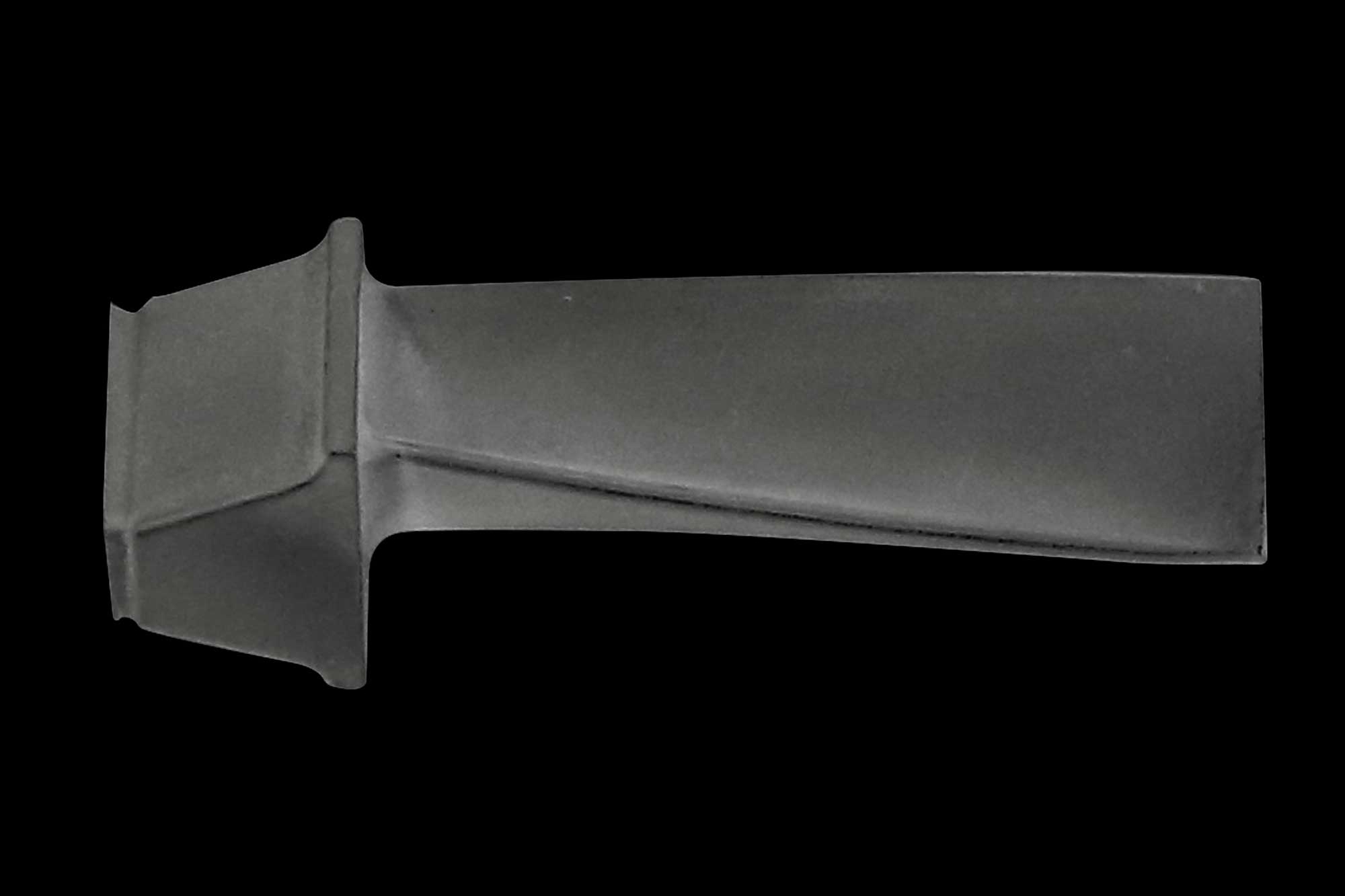CMSX-486 Vacuum Investment Casting Rocket Engine Blades
Introduction
CMSX-486 vacuum investment casting is a specialized process used to manufacture high-performance turbine blades for rocket engine turbopumps and thrust-generation assemblies. At Neway AeroTech, we utilize advanced directional solidification technology to cast CMSX-486 single crystal blades with excellent creep resistance, thermal fatigue durability, and oxidation stability in environments exceeding 1150°C.
CMSX-486 is engineered for applications requiring high γ′ content, superior hot-corrosion resistance, and excellent phase stability, making it ideal for reusable rocket engine turbine stages, where material integrity under extreme stress is non-negotiable.
Core Technology of CMSX-486 Casting
High-Precision Wax Patterning: Wax blades produced with ±0.05 mm accuracy to replicate intricate root, platform, and cooling geometries.
Ceramic Shell Mold Construction: Shells built using 8–10 layers of high-purity ceramic, providing thermal and mechanical integrity during casting.
Vacuum Melting and Casting: CMSX-486 alloy melted and poured under vacuum (<10⁻³ torr) to maintain chemical purity and eliminate oxygen inclusion.
Directional Solidification: The Bridgman process enables controlled <001> single crystal growth with withdrawal rates of 3–6 mm/min.
Post-Casting Heat Treatment: Solution and aging at high precision to develop optimal γ/γ′ phase structure and eliminate residual segregation.
CNC Machining and Finishing: Airfoil, root interface, and platform faces are machined to ±0.02 mm using 5-axis CNC machining.
Optional Surface Coating: TBC coatings applied to minimize metal temperature and extend blade life in combustion environments.
Material Properties of CMSX-486
Property | Value |
|---|---|
Max Operating Temperature | 1170–1200°C |
Ultimate Tensile Strength | ≥1250 MPa |
Creep Rupture Life | >1000 hrs at 1100°C / 137 MPa |
γ′ Volume Fraction | ~70% |
Oxidation Resistance | Excellent |
Grain Structure | Single crystal <001> |
Phase Stability | Superior under cyclic thermal stress |
Case Study: CMSX-486 Rocket Turbopump Blade for Reusable Engine System
Project Background
A spaceflight propulsion company required rocket engine turbine blades for a staged combustion cycle engine capable of multiple reuses. The blades needed to maintain crystal integrity and fatigue resistance under extreme thermal loads and rapid cycle starts. CMSX-486 was selected due to its optimized creep and oxidation properties.
Applications of CMSX-486 in Rocket Engine Blades
Rocket Turbopump Turbine Blades: Operate under >1150°C hot gas flow, with >30,000 RPM rotational speeds and cyclic temperature variations.
Oxidizer Turbine Stages: CMSX-486 blades used in LOX turbomachinery for staged combustion systems requiring extreme mechanical strength and low deformation.
Thrust Chamber Drive Turbines: Blades maintain structural accuracy despite exposure to aggressive combustion gas chemistry and high backpressure environments.
Reusable Engine Hot Section Blades: Applied in commercial space launch systems designed for 10+ reuse cycles without performance degradation.
Manufacturing Workflow
Wax Assembly and Mold Orientation: Blade waxes are aligned and assembled into clusters for <001> orientation growth during casting.
Ceramic Mold Building and Drying: Shell thickness controlled to avoid thermal distortion and ensure clean separation after casting.
Vacuum Casting with Directional Solidification: CMSX-486 poured at ~1500°C, with directional withdrawal to create a single grain aligned to the primary stress axis.
Heat Treatment: Solution at 1280–1320°C and aging at 1080–870°C enhance γ′ formation and creep resistance.
Precision CNC Finishing: Root slots, seal faces, and cooling holes machined using high-speed CNC platforms to ensure accurate assembly.
Surface Coating (If Needed): Air plasma-sprayed TBCs applied to blades in extended high-cycle conditions.
Quality Inspection: X-ray NDT checks for casting voids; EBSD testing confirms crystal orientation; CMM used for final dimensional verification.
Results and Validation
Creep Resistance: Passed >1000-hour creep tests at 1100°C/137 MPa with elongation <1.2%.
Thermal Fatigue Performance: Endured 25,000+ cycles from ambient to 1170°C with no grain boundary initiation or cracking.
Dimensional Control: Final blade features confirmed within ±0.02 mm across bore, platform, and root sections.
Grain Orientation Compliance: EBSD confirmed <001> alignment within 10° for all production blades.
Oxidation Stability: TBC-coated blades maintained integrity after 1500-hour thermal exposure at 1200°C in simulated exhaust gas.
FAQs
What makes CMSX-486 suitable for reusable rocket engine turbine blades?
How does vacuum investment casting ensure crystal alignment in CMSX-486 components?
What’s the difference between CMSX-486 and CMSX-4 or CMSX-10 in thermal performance?
How does Neway AeroTech validate single crystal orientation in each blade?
Can CMSX-486 blades be customized for small-lot or prototype rocket engine programs?

